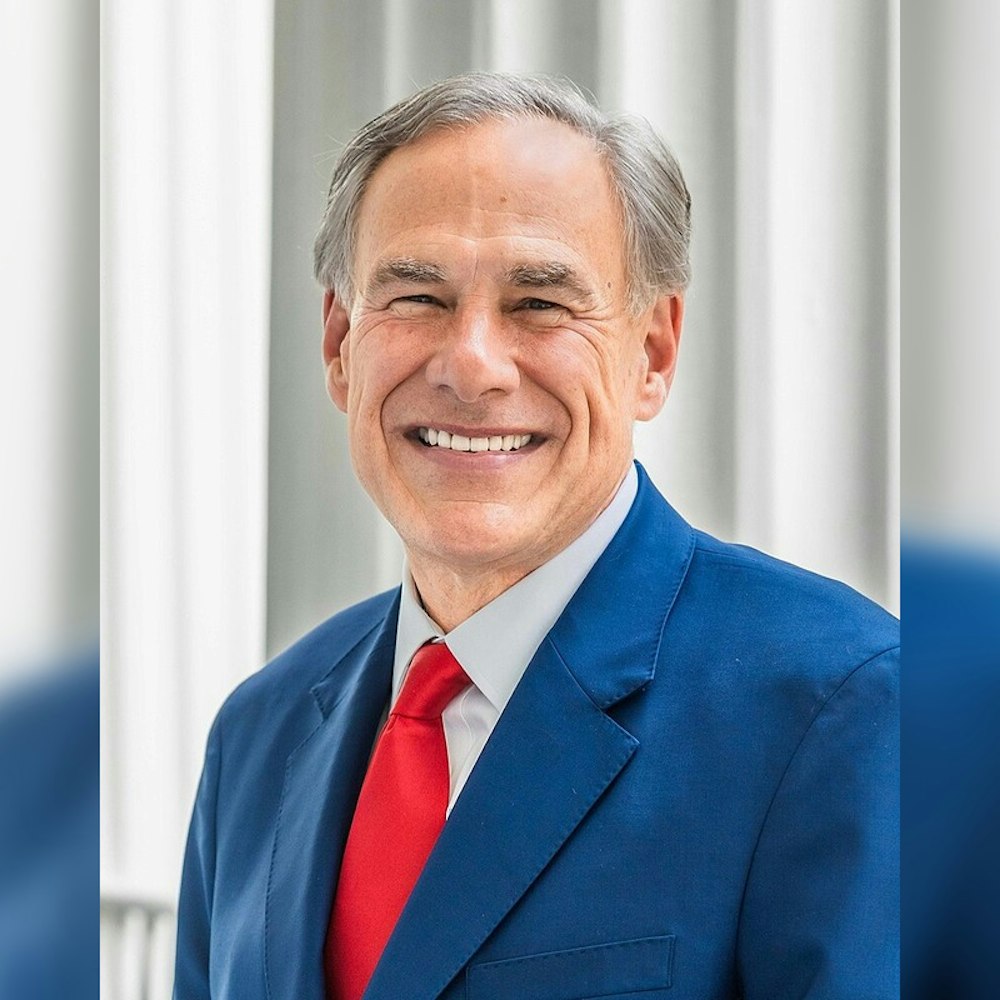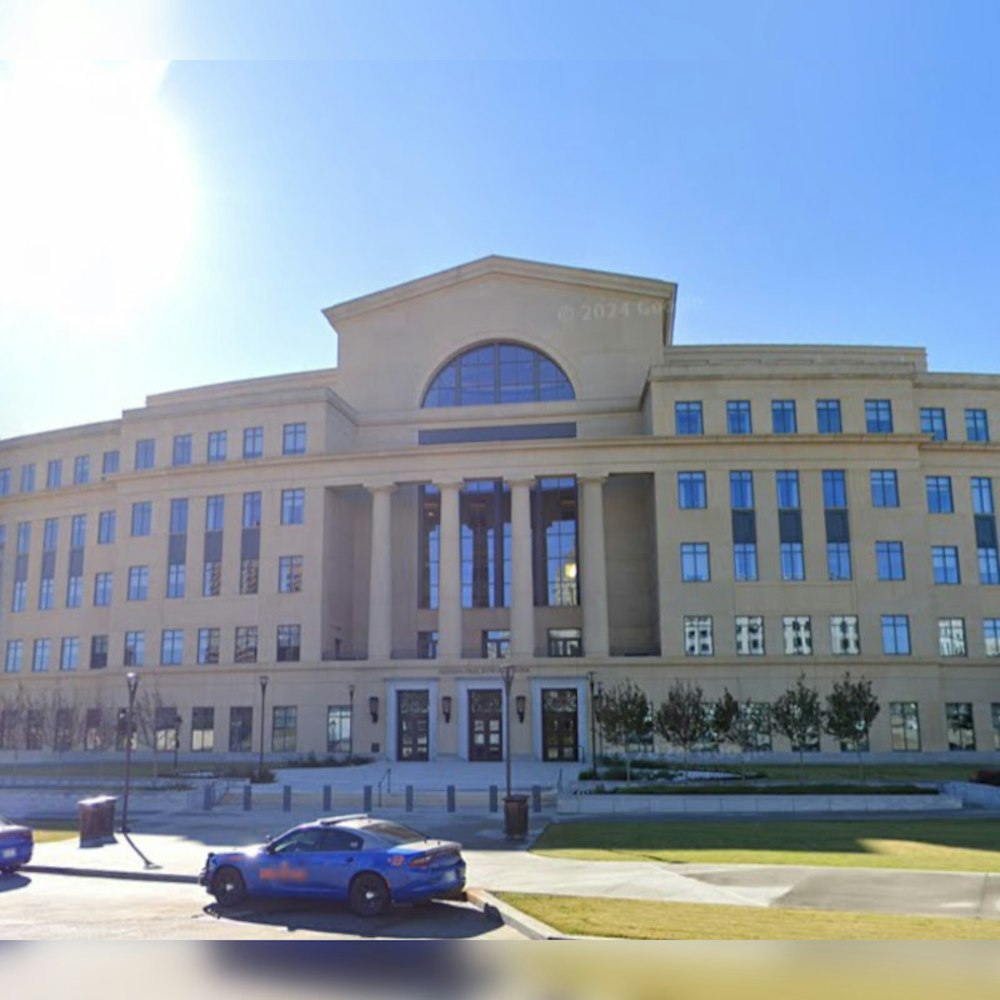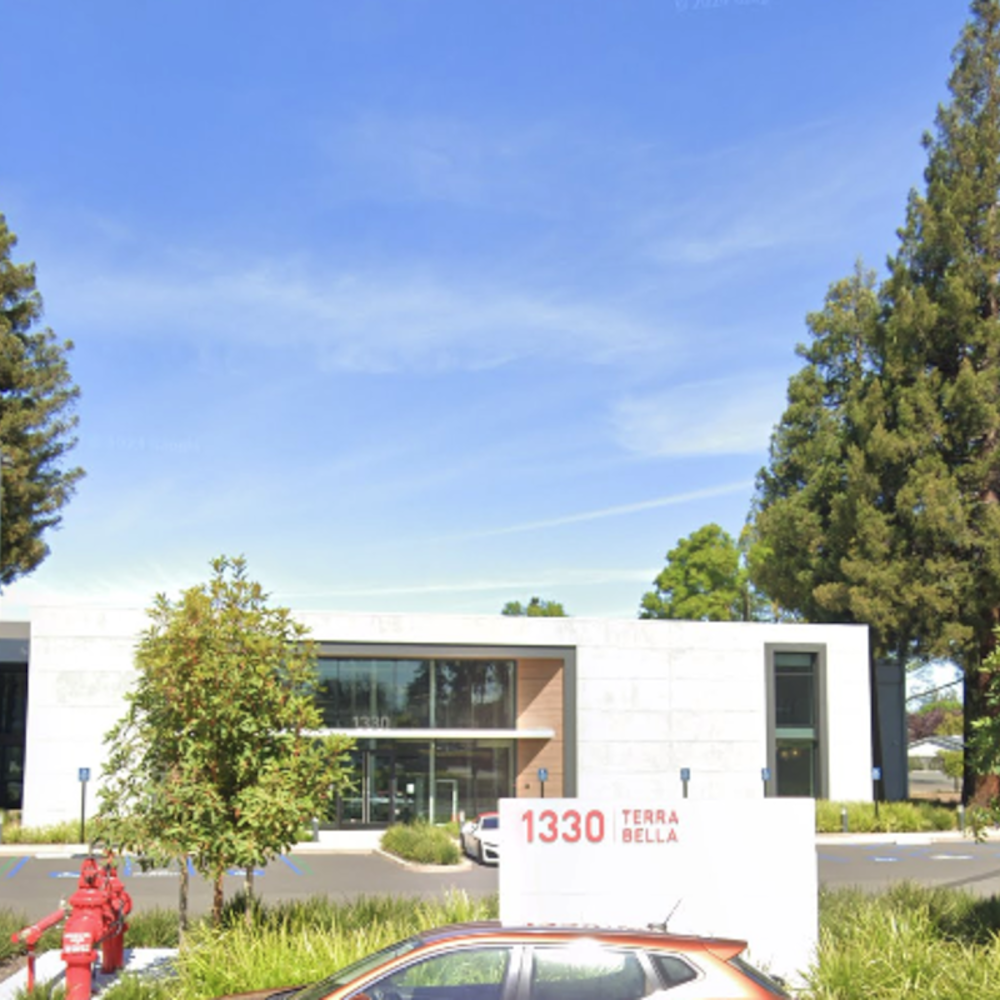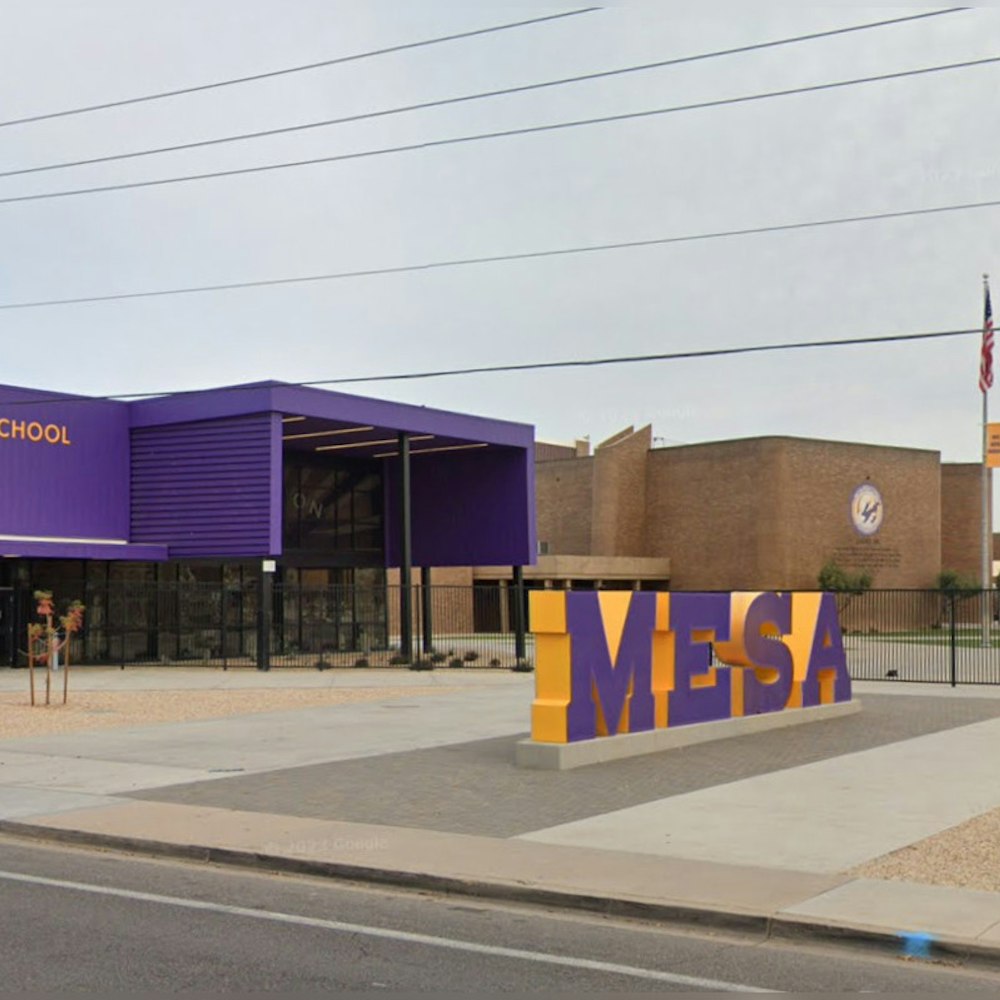
Austin's main artery, Interstate 35, is set to undergo an ambitious expansion starting this summer, with construction expected to tie up traffic and transform the cityscape well into the next decade. The I-35 Capital Express Central project, stretching eight miles through the city's core, will kick off as temperatures soar, making commutes a potentially slow bake. The Texas Department of Transportation (TxDOT) has finalized its plans after years of consultation, as reported by KVUE.
TxDOT has laid out an extensive makeover for the interstate, including removing the upper decks from Manor Road to Airport Boulevard and sinking the main lanes below ground between Holly Street and Airport Boulevard. While the updated interstate aims to alleviate traffic woes, it will encroach significantly into local real estate, forcing out around 140 properties, as per KVUE. "Our right of way department has been working to thoroughly help those impacted," TxDOT Communication Director Brad Wheelis told KVUE, noting there are assistance programs for those needing to relocate.
Despite the upheaval it will bring, the I-35 project promises to create a safer, smoother route through its addition of two non-tolled high occupancy managed lanes in each direction, to exclusively facilitate vehicles with multiple passengers, public transit, and first responders. Austin and the University of Texas might chip in to create roadway caps, essentially tunneling portions of the highway through downtown Austin, a feature that could redefine the urban landscape and contribute almost $900 million to the project’s already hefty price tag, as detailed by the Austin Monitor.
The plan also calls for reconstructed bridges and new paths for pedestrians and cyclists, emphasizing a more accessible and integrated city infrastructure. Additionally, narrower lane widths — a shift from 12 feet to 11 feet — intend to slow down traffic, though a Texas A&M University study suggests this might lead to an increased risk of crashes.
Over almost a decade, Austin commuters will need to adapt to the evolving construction zones, with varying timelines affecting different segments of the I-35. Major improvements to the Martin Luther King, Jr. Bridge and drainage tunnel undertakings under I-35 and Cesar Chavez Street are imminent, with various sections staggered for completion from 2024 through 2032, according to KVUE.









